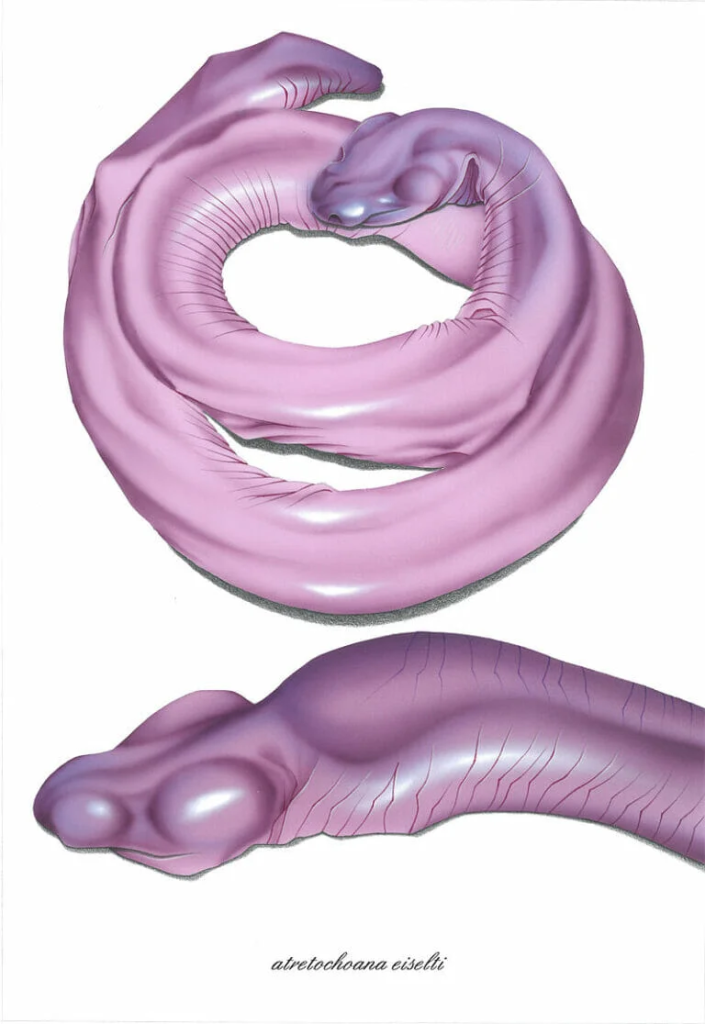Cooking for the first time can be intimidating. There are so many rules, tips, and techniques that experienced cooks take for granted. One common mistake that beginners make is washing vegetables with soap, believing that it will make the food cleaner. However, this is not only unnecessary but can also be harmful.
Why Would Someone Wash Vegetables with Soap?

If you’ve never cooked before, you might assume that soap is the best way to remove dirt and bacteria from vegetables. After all, soap is used to clean dishes, hands, and surfaces—so why not food? While this logic seems reasonable, it’s actually a big misconception.
Many beginners want to ensure that their produce is as clean as possible, especially with concerns about pesticides, bacteria, and dirt. However, using soap is an unnecessary step that can do more harm than good.
The Hidden Dangers of Washing Vegetables with Soap
Washing vegetables with soap might sound harmless, but it can lead to several problems:
1. Soap is Not Meant for Consumption
Household dish soap and hand soap contain chemicals and detergents that are not meant to be ingested. Even if you rinse thoroughly, soap residues can remain on the vegetables, leading to stomach discomfort or digestive issues when consumed.
2. It Can Alter the Taste of Your Food
Have you ever accidentally gotten soap in your mouth? That bitter, unpleasant taste can transfer to your food if you wash your vegetables with soap. This can completely ruin the flavor of your dishes.
3. Soap Can Strip Away Natural Protective Layers
Many vegetables and fruits have a natural protective coating that helps keep moisture in and bacteria out. Washing them with soap can strip away these natural defenses, causing them to spoil faster.
4. Risk of Chemical Ingestion
Some soaps contain harmful chemicals that can be dangerous if ingested, even in small amounts. This is why food-grade cleaning solutions exist for commercial use, but for home cooking, they are unnecessary.
What is the Proper Way to Wash Vegetables?
Now that we know why using soap is a bad idea, let’s talk about the correct way to clean your vegetables:
1. Rinse with Cold Water
The best and easiest way to clean produce is by rinsing it under running cold water. This helps remove dirt, bacteria, and pesticide residues without the need for soap or chemicals.
2. Use a Vegetable Brush for Tough Skins

For produce with thicker skins like potatoes, carrots, and cucumbers, using a vegetable brush can help scrub away dirt more effectively.
3. Soak in Vinegar or Baking Soda Water (Optional)
If you’re extra cautious, soaking vegetables in a solution of vinegar and water (1 part vinegar to 3 parts water) for a few minutes can help remove more bacteria and pesticide residue. Baking soda water is another great alternative.
4. Peel When Necessary
If you’re concerned about contaminants, peeling vegetables like carrots, cucumbers, or apples can help remove pesticide residues and dirt.
5. Dry Properly
After washing, pat your vegetables dry with a clean towel or let them air dry. This helps prevent bacterial growth and keeps them fresh longer.
Common Misconceptions About Cleaning Vegetables

There are plenty of myths about washing vegetables, and it’s important to separate fact from fiction:
- “Hot water kills bacteria faster.” – While hot water can kill bacteria, it can also cause vegetables to wilt or lose nutrients. Stick with cold water.
- “Soap removes pesticides better than water.” – Water alone does a great job of removing most pesticide residues, especially if you scrub or soak the produce.
- “You need special fruit and vegetable washes.” – While commercial produce washes exist, studies show they’re not significantly more effective than plain water.
Final Thoughts
Washing vegetables is an essential step in cooking, but using soap is a rookie mistake that should be avoided. Soap isn’t designed for consumption, and it can leave harmful residues on your food. Instead, stick to cold water, gentle scrubbing, and natural cleaning solutions like vinegar or baking soda.
Cooking is a learning process, and mistakes happen. But now that you know why soap and veggies don’t mix, you’re one step closer to becoming a kitchen pro. Happy cooking!
World’s Most Jaw-Dropping ‘Man-aconda’ Discovery Will Leave You Speechless!

The animal world is full of surprises, with some creatures being more eye-catching than others because of their strange looks or unusual nature.
When I first saw a picture of this weird “penis snake,” I thought it was a joke. But, to my surprise, it turned out to be a real animal. So, let’s dive into the story behind the viral image that has left thousands of people in shock.
Throughout history, anything shaped like a phallus has grabbed attention and sparked curiosity. A few years ago, images of a strange-looking creature started making the rounds online, leaving many people scratching their heads in disbelief.
With its unique appearance, this mysterious animal quickly earned nicknames like the “penis snake,” “blind snake,” or the “man-aconda.”
But no, it’s not what you think.
Even though it looks a lot like a snake, this creature is actually called *Atretochoana eiselti*. It’s not a snake at all, but an amphibian, more closely related to a salamander. It’s also the largest known lungless tetrapod, which means it breathes through its skin instead of lungs.
This rare animal lives in the waters of the Amazon in Brazil and was hard to find for a long time. It was first discovered by Sir Graham Hales during an expedition with Sir Brian Doll in the late 1800s.
However, it wasn’t officially described until 1968. After more research, scientists reclassified it in 1996, giving it its own unique genus, *Atretochoana*.
In 2011, this species was rediscovered in the Amazon region. It lives only in the Amazon River and its largest tributary, the Madeira River in Brazil. The “penis snake” has only been found in this area and nowhere else in the world.
The viral pictures that blew up the internet a few years ago actually came from 2011. That’s when a whole family of these phallic-shaped creatures was found at the bottom of the Madeira River in Brazil. They were discovered when the river was drained during work on a hydroelectric dam.
Julian Tupan, a biologist working with the Santo Antonio Energy company on the dam, explained that not much is known about these lungless, limbless amphibians.
“Out of the six we collected, one died, three were released back into the wild, and two were kept for study,” he told *Estadao*, according to the U.K.’s *The Sun*.
Tupan pointed out that these “snakes” aren’t dangerous and are unlikely to show any aggressive behavior.
“Even though they look like snakes, they’re not reptiles; they’re more closely related to salamanders and frogs. We think the animal breathes through its skin and probably eats small fish and worms, but that hasn’t been proven yet.
“The Amazon is full of surprises when it comes to reptiles and amphibians. There’s still a lot more to discover.”
According to a paper published in the Brazilian scientific journal *Boletim do Museu Paraense Emílio Goeldi: Ciências Naturais*, one of these creatures found in the riverbed was photographed extensively. Some of the animals were released back into the Madeira River, while others were sent to the Emilio Goeldi Paraense Museum in Belem, Brazil.
The most popular photo, which Julian Tupan shared on Instagram, shows an adult female *A. eiselti* that’s just under 40 inches long.
Even though these creatures are fascinating, there’s still a lot we don’t know about them. One mystery that puzzles researchers is their diet. Scientists think these phallic-shaped animals might eat small fish, worms, and other aquatic invertebrates, but more research is needed to confirm this.

Another mystery about these creatures is how they breathe, as scientists haven’t confirmed the method yet. When the six specimens were discovered in 2011, it made things even more puzzling. What’s especially interesting is where they were found— in cold, fast-flowing water with limited oxygen. Since warmer water holds less oxygen, their ability to live without lungs is even more remarkable.
Based on these findings, scientists believe this species might be widespread across the Brazilian Amazon and could even extend into Bolivia.
Nature constantly surprises us with its endless wonders. From the deepest oceans to the tallest mountains, the natural world is full of amazing things waiting to be discovered.
Share this incredible story on Facebook with your friends and family to spark their curiosity and get them talking about the wonders of nature!



Leave a Reply